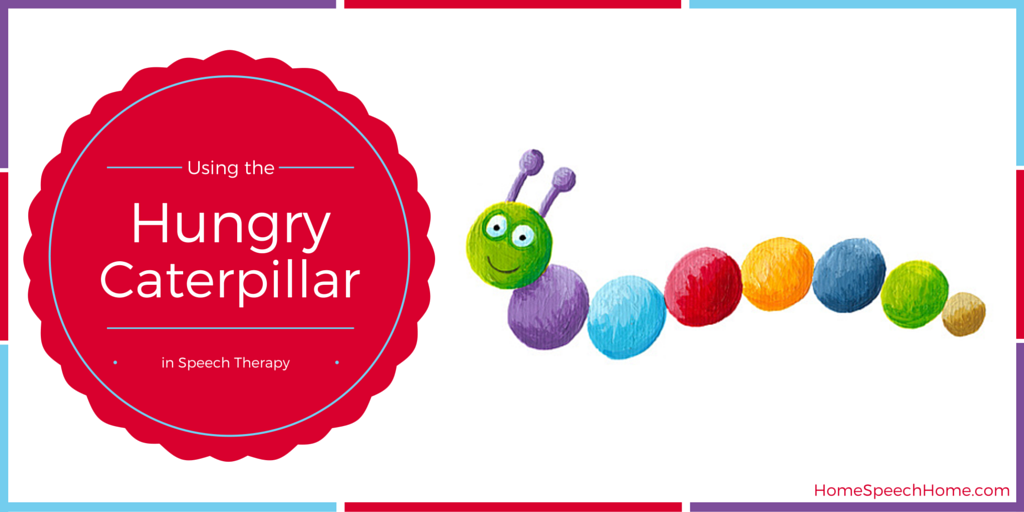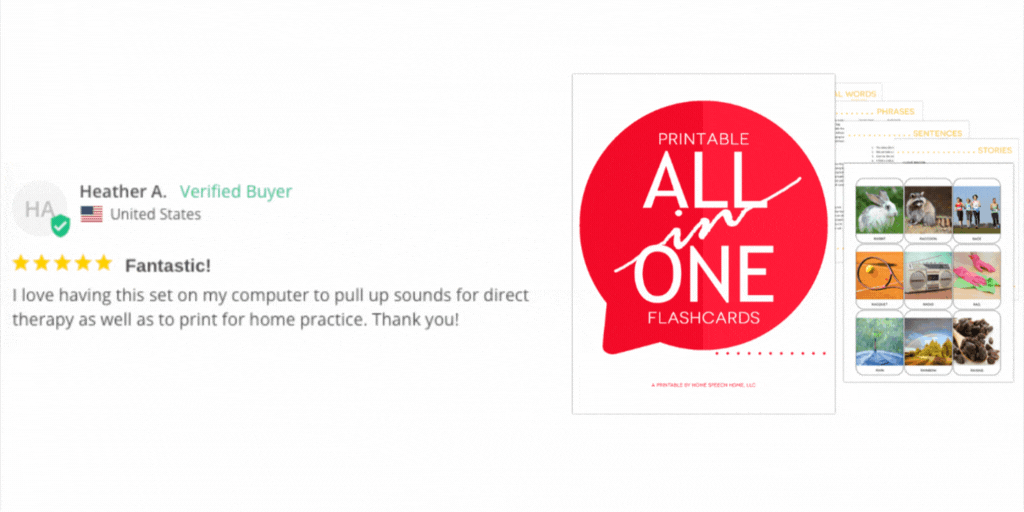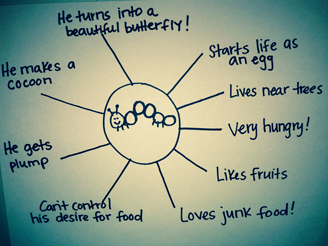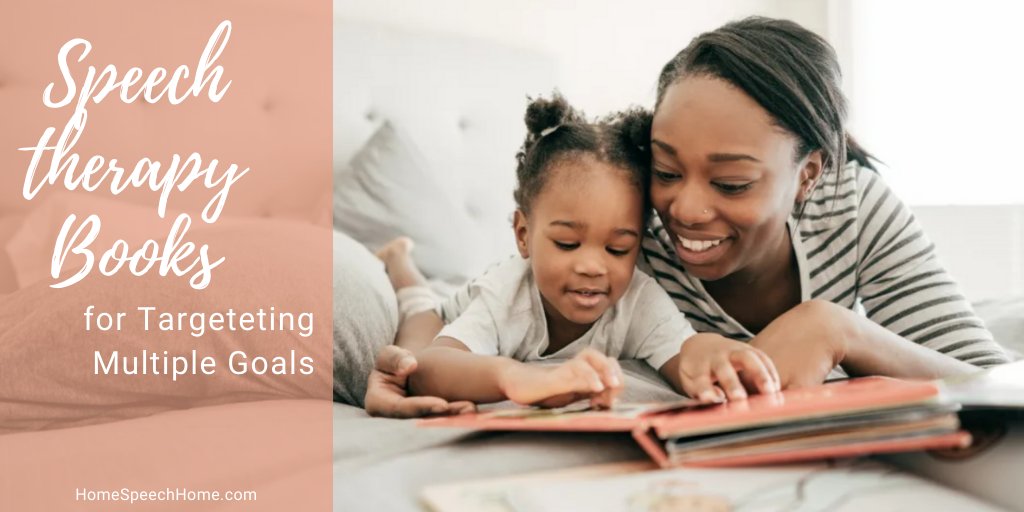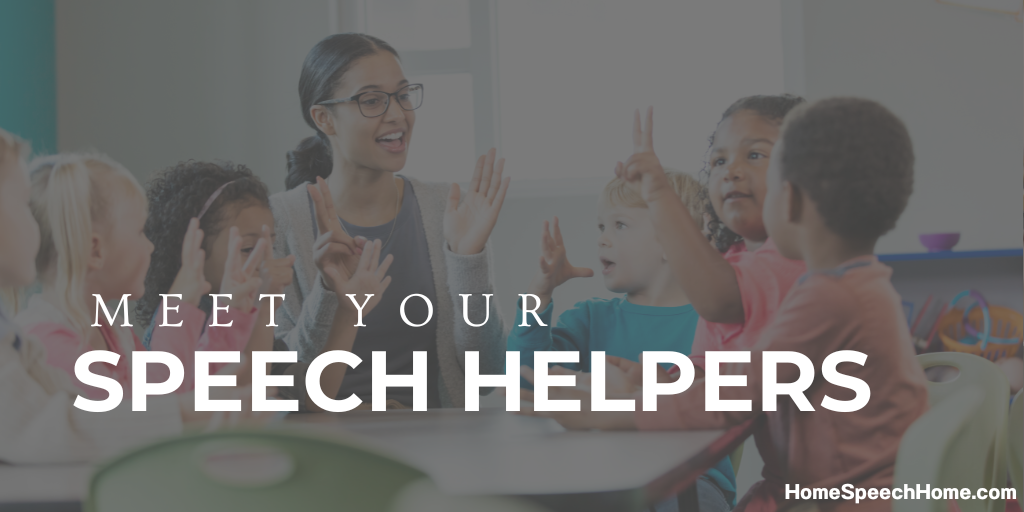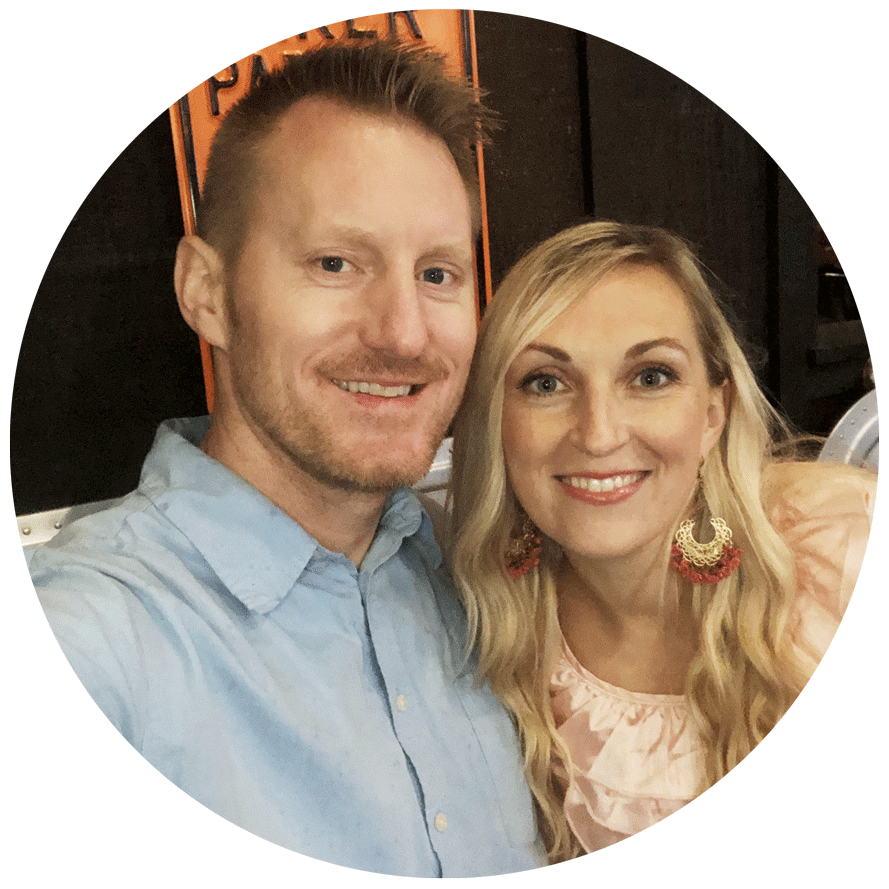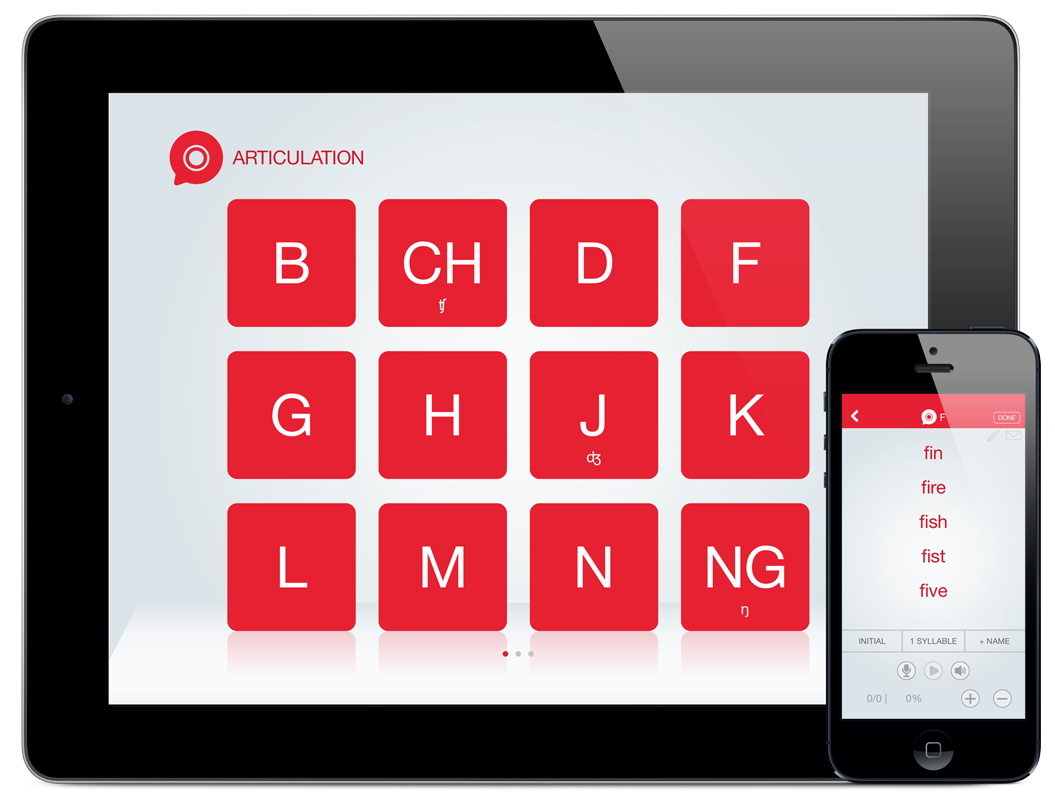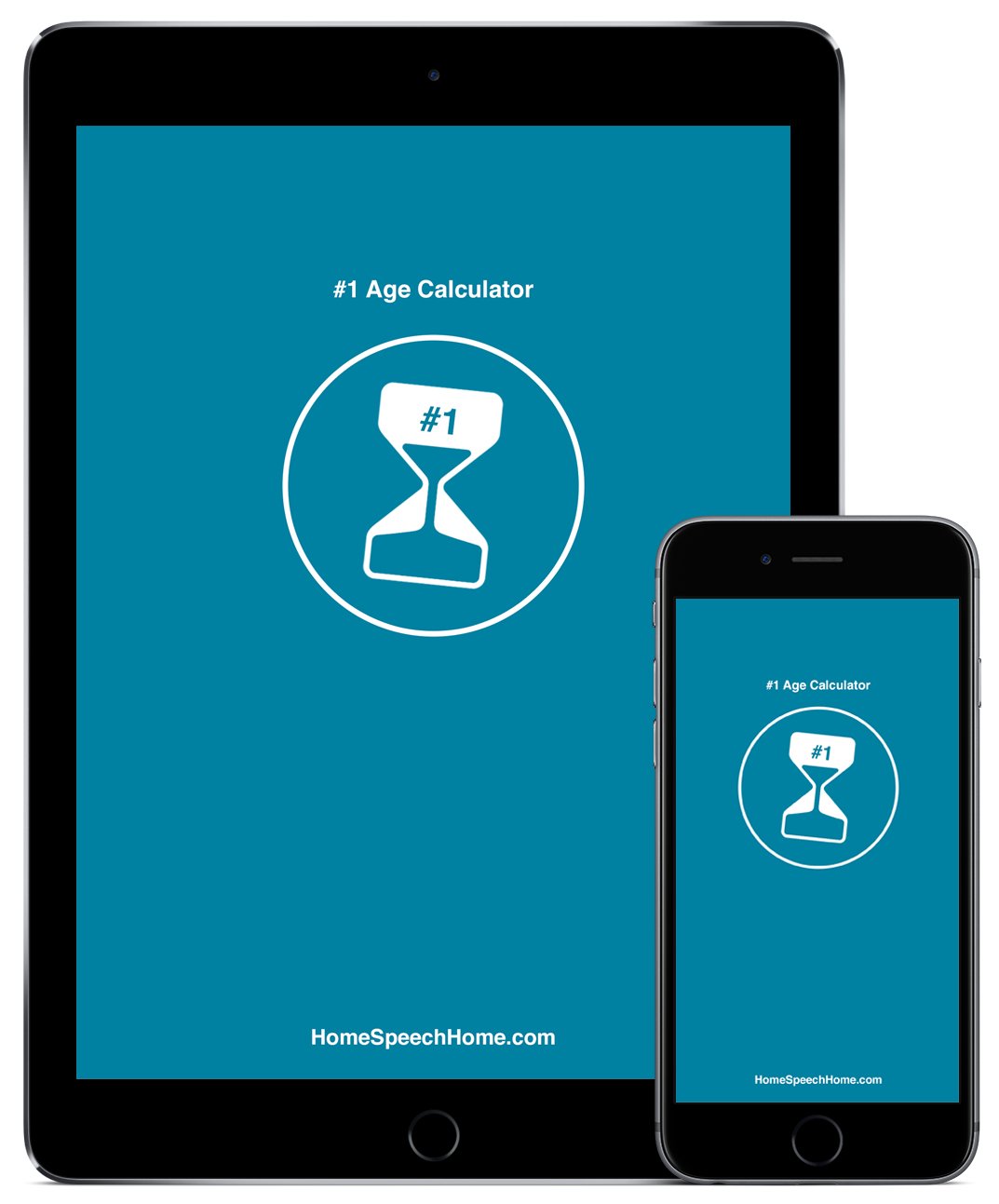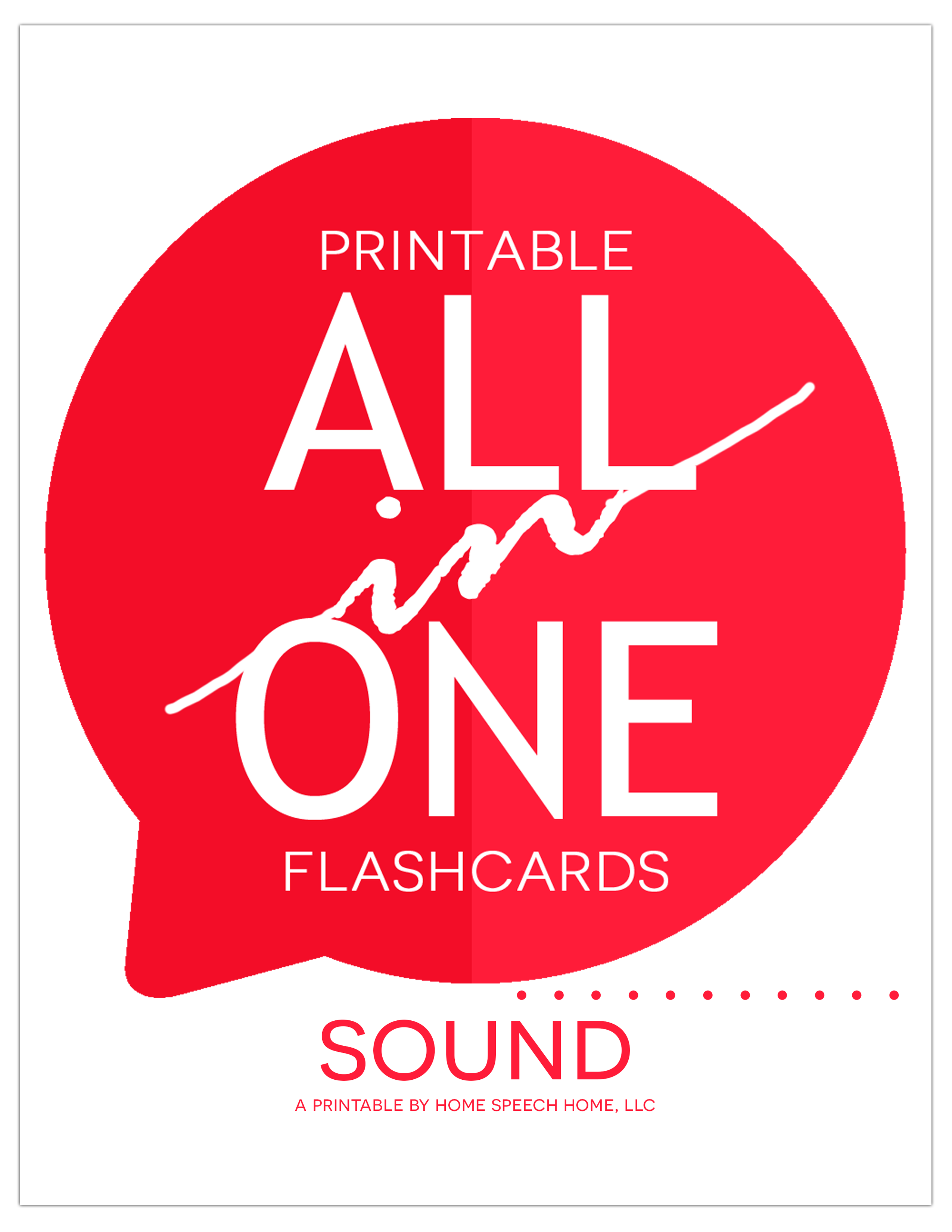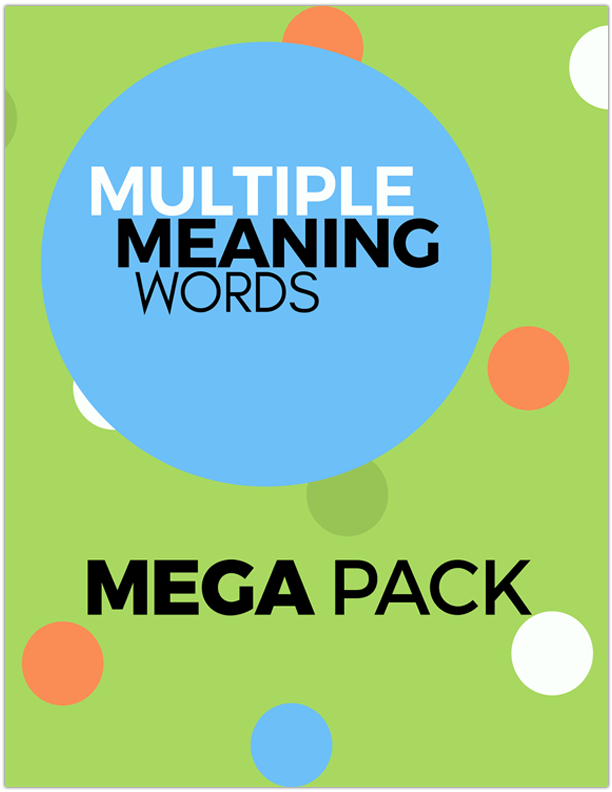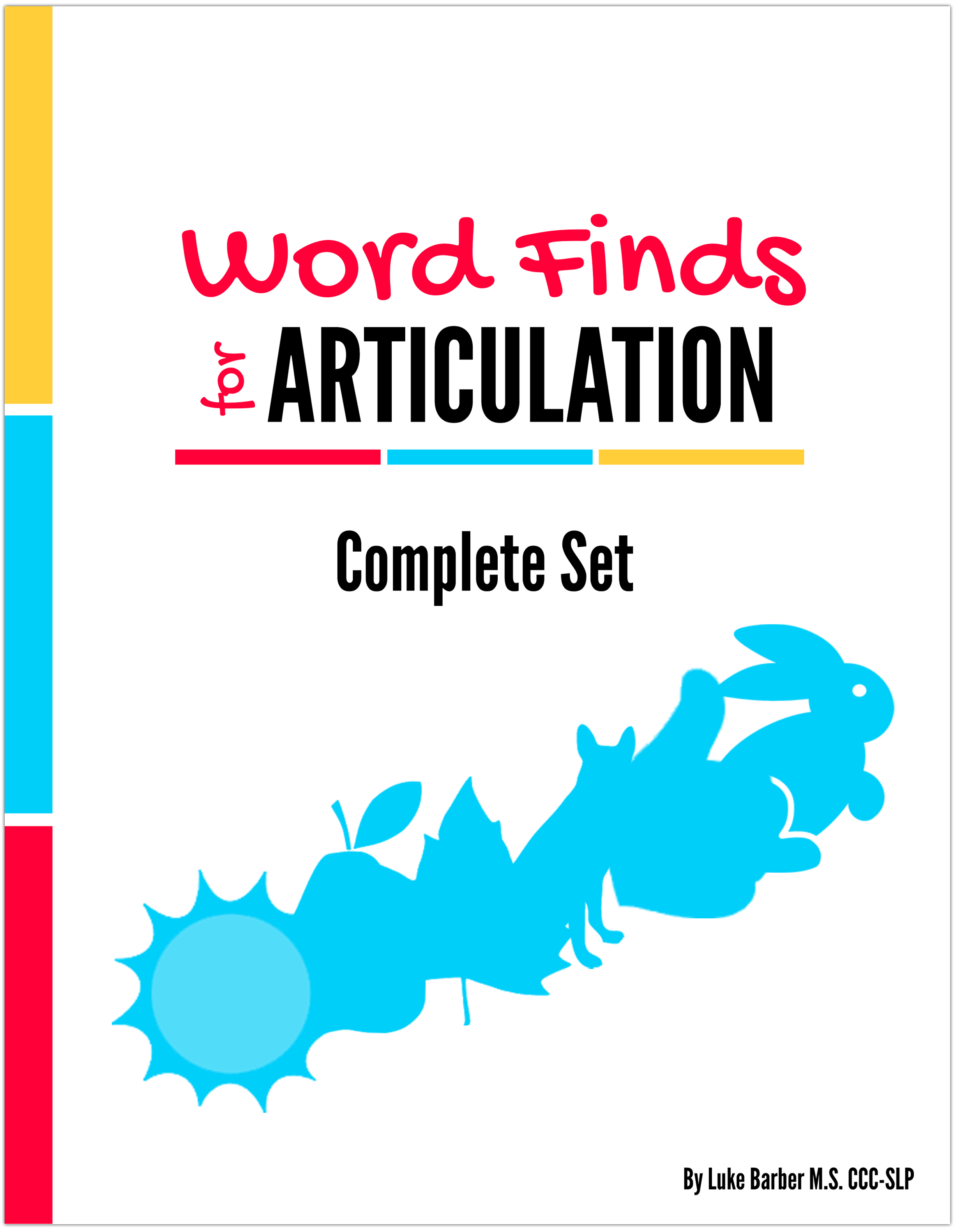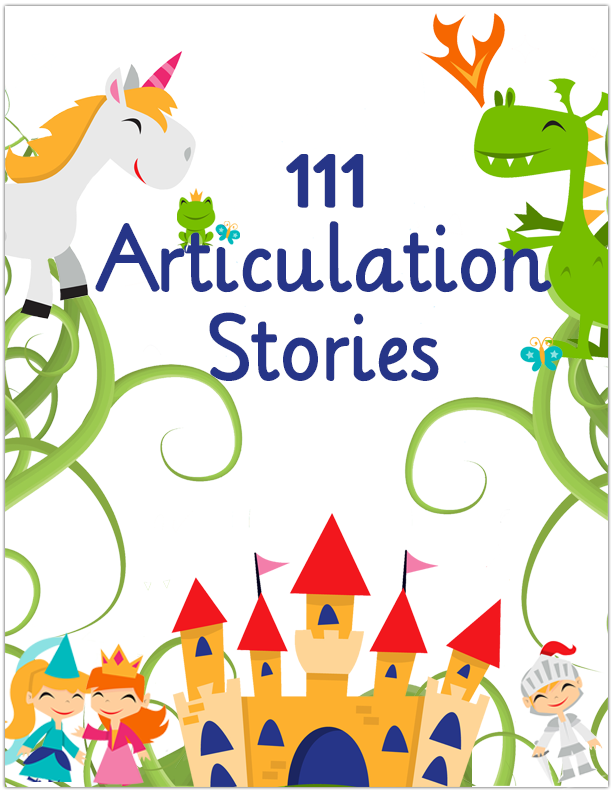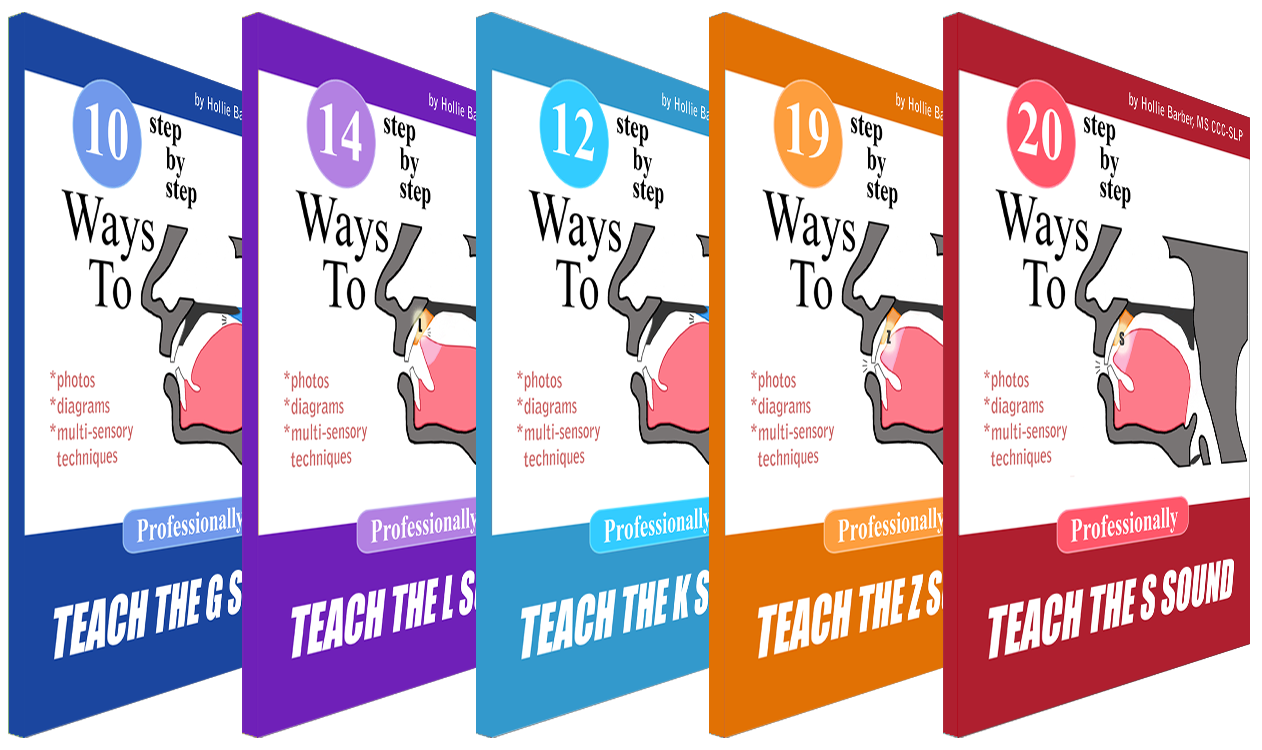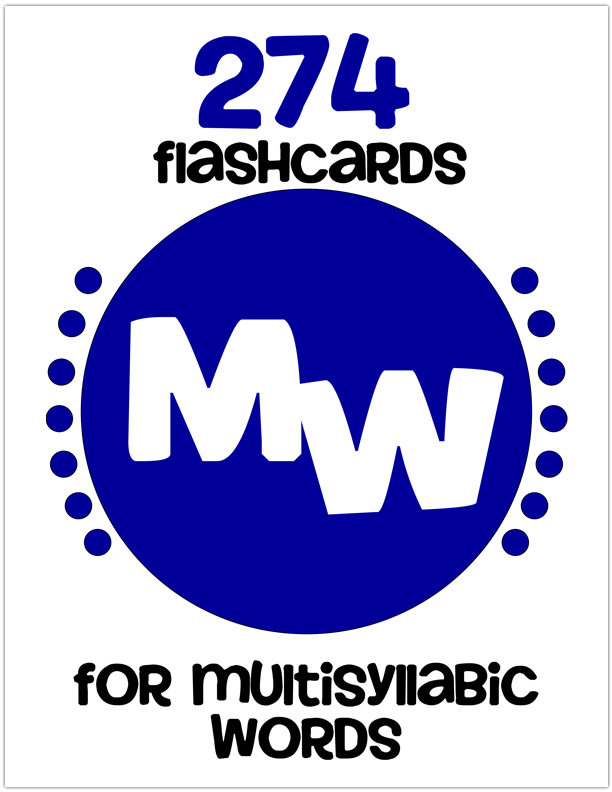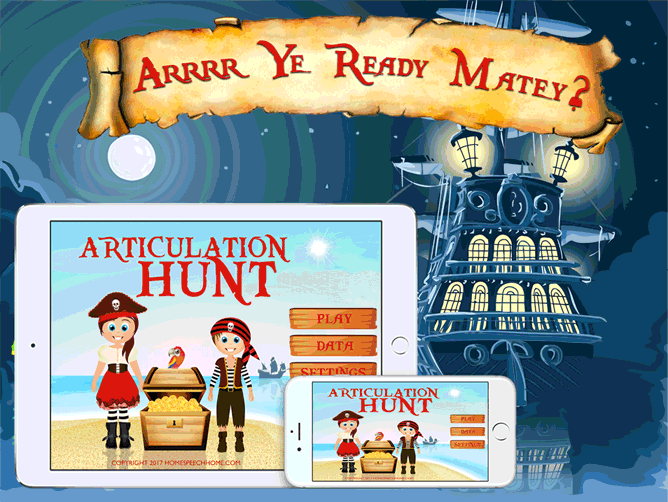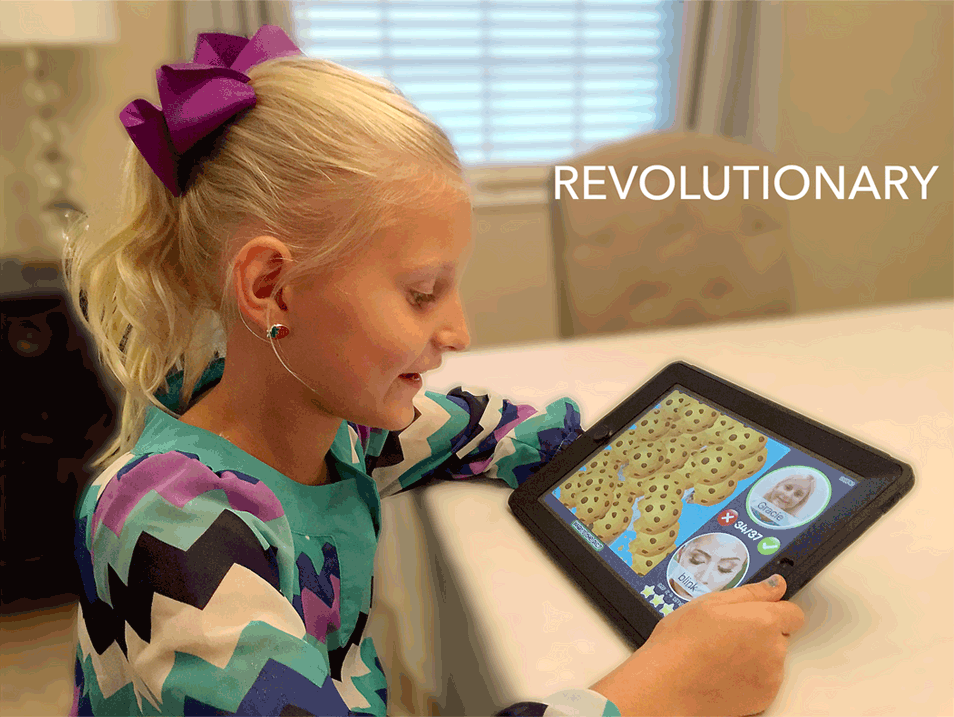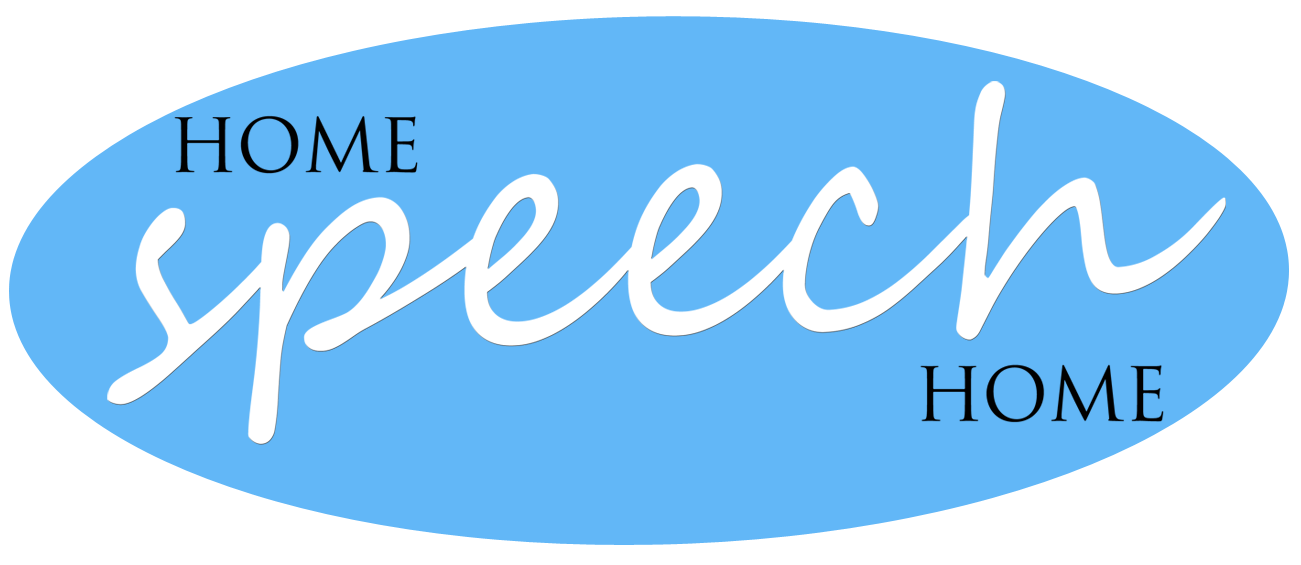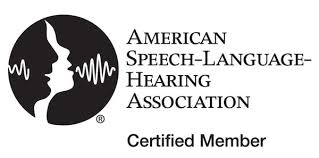The Very Hungry Caterpillar in Speech Therapy
The Very Hungry Caterpillar by Eric Carle is a timeless classic, loved by adults and children alike!
Here are 11 ideas you can use for speech and language therapy using this book.
Many of you probably already own it, but if not you can get it here.
SEE ALSO: Crush Therapy Goals with the All in One Printable Flashcards
Story Retell & Story Grammar
I love this story for retell and story grammar because it has a very clear beginning, middle, and end.
Retell Through Art
Fold a plain 8x10 piece of paper in half, and then half again to make four squares, or in half again to make eight squares.
Give the child a pencil and/or crayons and have them remake the story.
It will always begin with an egg, and end with a butterfly, but the child can decide which foods to include in between.
I always like to have the child draw it with pen or pencil in my class, and then take it home for homework to color and retell parents the story.
Make a Diagram
This activity is about building the character.
Draw a circle in the middle of the page and either draw or have the child draw the caterpillar in the middle.
Then draw lines coming from the circle with statements/facts about the caterpillar.
I did my diagram in sequence of events (great sequencing task too) but the facts don't necessarily have to be in order.
Sequencing
After reading the story, talk about days of the week.
Write the days of the week on a piece of paper and cut them out, leaving extra space on each word strip. Have the child organize the day of the week in correct order.
Next, ask the student to draw pictures of what the caterpillar ate on each day, right on each word strip.
For example on Monday he ate one apple, so the child will draw one apple next to the word "Monday." On Tuesday, two pears, and so on.
Encourage the child to use the book as a reference, but try not to help them.
This is good for executive functioning and problem solving, as well as sequencing. It helps them acquire skills they need to find information in a book independently.
Categorizing
On one piece of paper, write the word "JUNK."
On another, write the word "HEALTHY."
Print out each word from the list of words below. Cut them out and ask the child to place it where it belongs.
Another fun way to do this is to use a shoe box.
On the top of the box draw two faces side by side; a happy face and a frowny face. For each mouth, cut a slit. The child places the words into the appropriate mouth.
- Apple
- Pear
- Plum
- Strawberry
- Orange
- Cake
- Ice cream
- Pickle
- Cheese
- Salami
- Sucker
- Pie
- Sausage
- Muffin
- Watermelon
- Leaves (salad)
SEE ALSO: The Best Free App for Speech Therapy
Irregular Past Tense
Use these sentence strips to encourage the child to change "eating" to "ate." Do it verbally and/or written.
The caterpillar is eating an apple.
The caterpillar ________ an apple.
The caterpillar is eating oranges.
The caterpillar ________ oranges.
The caterpillar is eating a pickle.
The caterpillar ________ a pickle.
The caterpillar is eating an ice cream cone.
The caterpillar ________ an ice cream cone.
The caterpillar is eating some leaves.
The caterpillar ________ some leaves.
The caterpillar wants to fly.......
The caterpillar ________!!!! (Flew)
Opposites
This game works well in a group.
Write one of the words below on a post-it note and stick it to one student's forehead.
Have that student ask the other students about the opposite of his word.
For example, if he is wearing the word "FULL" he will ask the group "what is the opposite of my word?" He will guess his word based on the opposite word provided to him by the students.
This game can be played one on one too, and is a very fun game for parents to play with their kids for homework.
Hungry - Full
Small - Big
Skinny - Plump
Junk food - Healthy food
Caterpillar - Butterfly
Moon - Sun
Articulation
Caterpillar Parts
Print out this big caterpillar or draw one on a piece of paper and cut it into segments.
Use the Word Vault App or our targeted therapy word lists to elicit target words or sounds.
For every 10 accurate productions, the child will earn a segment of the caterpillar and glue it into a piece of paper. Simple, yet so rewarding!
Flying Caterpillar
Lay out the target sounds or words on the table.
Cut out the smaller version of this caterpillar and put a paperclip around it.
Have the child toss the caterpillar in the air and pronounce the word that it lands on (or closest to) 5 or 10 times.
Silly Statements
If your student or child is working on words in phrases or sentences, make silly nonsensical statements about the caterpillar using your target word list.
Use this carrier phrase...
"Oh, no! The caterpillar ate a ________!"
Fluency
Use the example of a slowly creeping caterpillar to talk about slow speech.
Use the example of soft butterfly wings to talk about easy onset.
Print this picture of the caterpillar and butterfly. Using these two examples, have the student practice both techniques.
Use the picture of the caterpillar, or draw a picture of a very long caterpillar made of circles, sprawling from one side of a paper to the other.
Have the child slide their finger across the length of the caterpillar as they practice smooth phrases or sentences.
You might also like:

About the Author
Lindsey is an M.S. CCC-SLP from Salt Lake City, UT. She received both her B.S. and M.S. from Utah State University. When she's not chasing her 5 crazy kids around, she enjoys creating engaging speech therapy ideas and materials. Read More
Special Deals and Activities, Oh My!
Sign up for Terrific Therapy Emails
Your information is 100% private & never shared.
